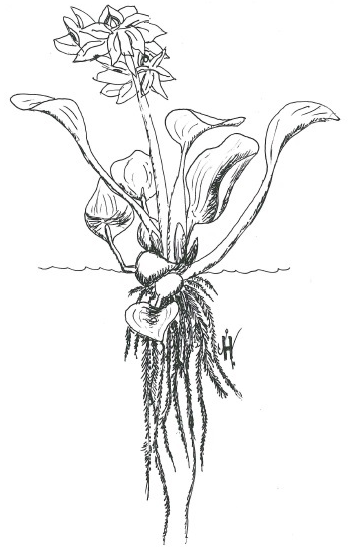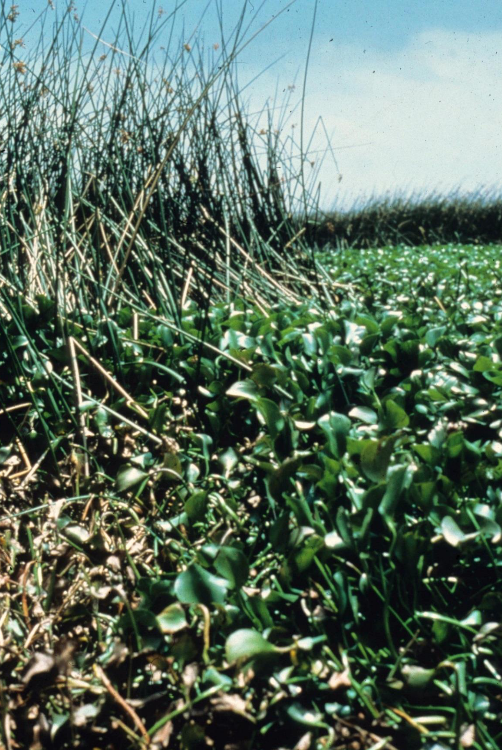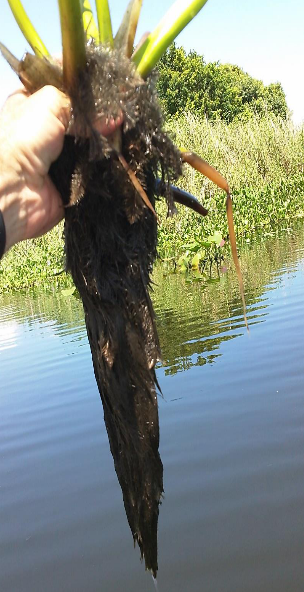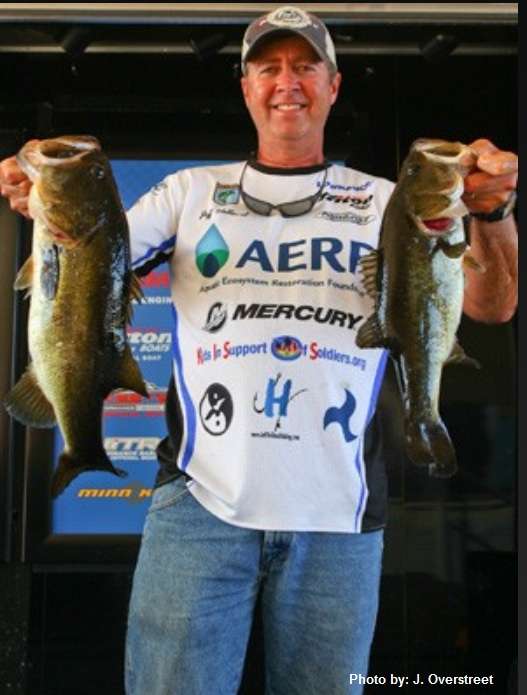
If your fall tournament schedule includes Lake Okeechobee, you need to understand the water hyacinth if you want to be competitive. Fishing a lake only once or twice a year does not allow you to appreciate the vegetation changes that occur on a month-to-month basis.
This year, state biologists on Okeechobee have been working to control the hyacinths that threaten acres of habitat flooded by high lake levels. Understandably, the Florida Fish and Wildlife Conservation Commission (FWC) lists the water hyacinth as the top plant of concern on the Big O this year. Six other plants of high concern are: cattails, torpedograss, tropical American watergrass, water lettuce, common reed and floating heart.
Many giant bass are caught from under floating hyacinth mats on Lake Okeechobee. But if hyacinths attract bass, why is the plant considered a problem weed and listed as a prohibited plant in Florida?
The simple answer is that the plant grows too fast, moves around too quickly and crushes native plants.
Water hyacinths on Lake Okeechobee are of the South American variety (Eichhornia crassipes), one of the fastest growing plants known worldwide. They have the ability to double in population in a matter of days. These floating plants grow up to three feet tall with equally long hanging roots that offer food and shelter to aquatic insects, crawfish, shrimp and minnows.
Low numbers of hyacinth plants teemwith aquatic life and offer excellent flippin’ targets. However, problems arise on windy days when enough plants blow across a lake to pile up and crush vegetation such as lilies, grasses, and bulrush.

Research by the University of Florida’s Center for Aquatic and Invasive Plant shows an acre of healthy water hyacinths can weigh two hundred tons! These wind-packed floating mats can cover acres of habitat, and not even a two-ounce flippin’ weight will punch through to any bass underneath them.
When hyacinths become thick enough to cover native plants, sunlight is blocked to the water below. In the absence of sunlight, crushed plants decay and stop producing oxygen beneath the mats. Crawfish and shrimp that once thrived in the hyacinth roots are forced to leave. They seek habitat with adequate oxygen along the outer edges of the floating vegetation. While we all like it when bass concentrate on outer edges where we can catch them better, aquatic life deep underneath floating mats is dying a slow death.
If the floating mats blow out of an infested area, they often leave behind a bare lake bottom easily muddied by wind. This causes an equally destructive problem: muddy water stops sunlight from reaching other vegetation trying to survive.

Did you know that mud particles fertilize the water with nearly 10 times the normal level of nutrients? This spurs algae blooms. While shad eat algae and are attracted to these wind-blown shorelines, muddy water is the extreme that too often causes our Florida-strain bass to stop biting.
Lake vegetation managers work hard to avoid letting hyacinth mats get dense enough to be destructive. This control is often controversial, but without it dense hyacinth mats are impassable for boats and nearly unfishable, except for a few feet on the outside edge.
Next time floating vegetation blows into your fishing area, be sure to flip a weedless bait into it, but appreciate that the benefit is short lived, and without control floating hyacinths risk destroying much of our lake’s critical habitat.
Editor’s note: Detailed aquatic plant maps from South Florida Water Management District are posted on the author’s website or you can get them by contacting him on Twitter @JeffHFishing.






